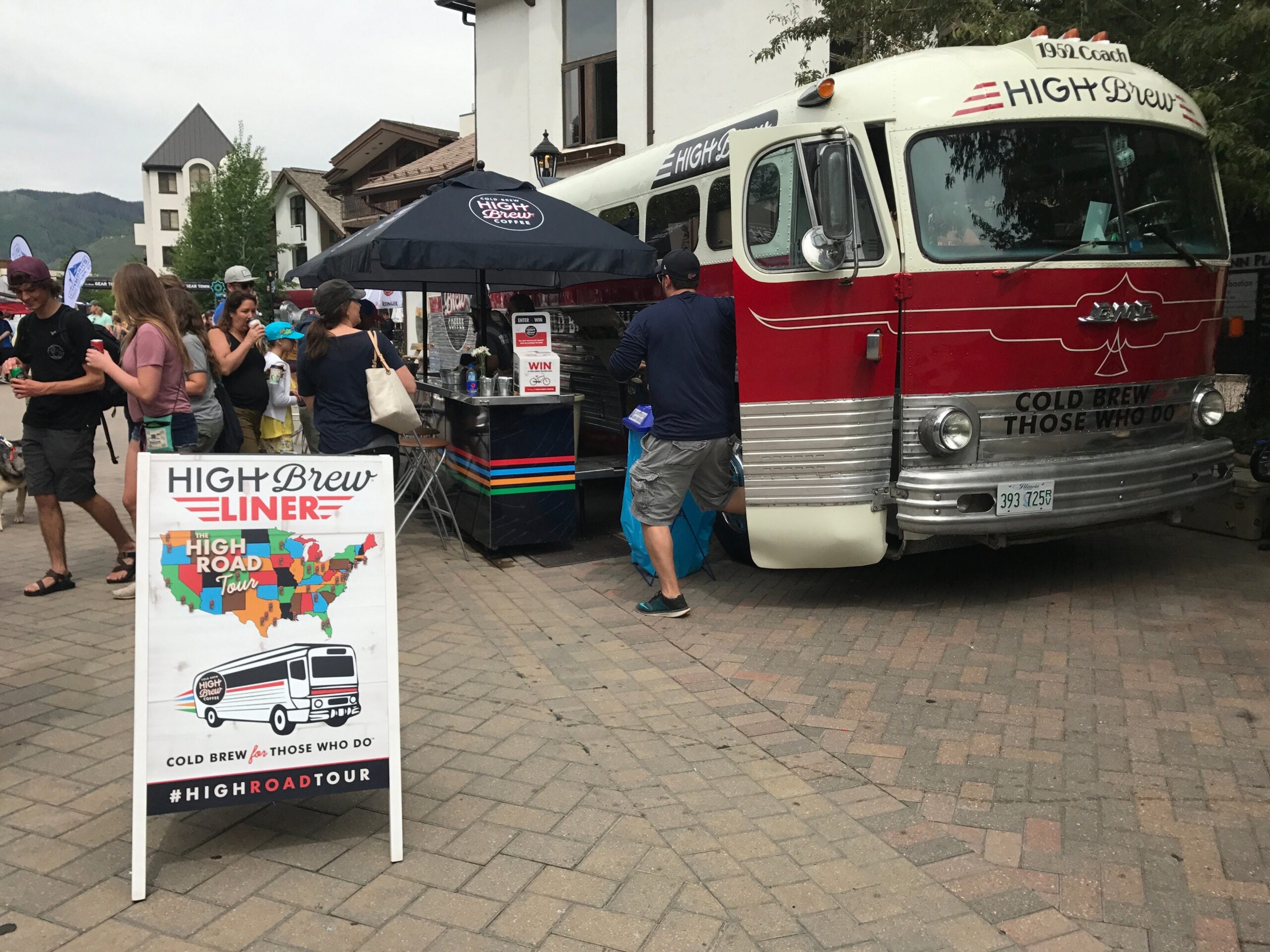The outdoor industry, like many others, is going through a generational change in the way business is done—from design and production to retailing and the very definition of modern recreation. Marketing is not immune to these changes.
Here’s a quick takeaway of trends that drove some recent discussions we’ve had with outdoor brands and how they are tackling a new era in marketing.
The Retail Tight Rope
By far, the most prevalent area of uncertainty and struggle for outdoor brands is retail. Vendors aren’t confident in where people are buying product and thus where to spend their marketing dollars. Many have ventured into direct-to-consumer sales, but admittedly are learning retail on the fly through a lot of trial and error. Meanwhile, the recent collapse of larger big-box retailers in the space is forcing brands to find new channels for sales, including doubling down on specialty retailers—who themselves are going through a sizable shift—and online third-party sellers such as Amazon. The key to success, no matter the channel, has been open lines of communication between brands and retailers—viewing the relationship as a partnership rather than just a transactional one. This means co-marketing initiatives that are experiential and highly tailored to local markets. And, in the spirit of collaboration, brands must provide transparency. So watch those marketing promos and be sure the retailer is involved at some level.
Direct Consumer Contact
While digital connections are booming, outdoor brands are seeing some of their biggest payoffs with direct (eg. in-person) connections to consumers through events, ambassador programs, brand stores, pop-up experiences, etc. It’s where they are investing more of their dollars and building long-term brand loyalty. The events don’t even need to be solely outdoor focused … music festivals and brewery tours, for example, attract much of the same crowd that make up the outdoor lifestyle. Partnerships on social events with like-minded brands, particularly on the sustainable and environmental front, are a hit.
Communication and Content
So, your brand has made first contact with a consumer at an event, in a store or on social media … now, how do you keep the conversation going? It’s another area of fine balancing for brands that are increasingly sending more emails, newsletters, and print catalogs directly to their consumers to keep top of mind. It’s a lot to digest, so it must be content that consumers want, or they’ll quickly cut you off. This means content that is on-brand, informative, educational and not just, buy, buy, buy.
Love/hate Relationship with Data
How well do you know your customers? Can your retailers tell you who bought your jacket or backpack, or can you incentivize consumers to self identify? When is the best time to email person X, Y or Z? Did that viral video really help your brand, or just flood your key personas with worthless information? Many brands are still in the infancy of leveraging their data. While they may have a large stash of names, addresses, and demographic info, the larger question surrounds what to do with it all and how to interpret it. Brands can also risk be blinded by data, and “lose sight of the forest for the trees.” Sometimes, it’s best to go with your intuition.
Brand Personification
In many ways, brands are extensions of the people who build and buy them. But at time when just a few years (or even a few minutes) seem like a lifetime for younger generations, brands are struggling with how best to approach employee and consumer retention. Much of that can be aided by brand personification—a consistent voice and tone of a brand that exemplifies and guides it, making both employees and consumers proud to be part of it all. And while consistency is important, so is pushing boundaries and risk taking, and allowing those new ideas to come from beyond just the the CEO.
We’re just getting the conversation started, but want to hear more from outdoor brands. Comment below to share your insights—we would love to hear them—or don’t hesitate to email us directly. We encourage the discussion!
—
David Clucas has reported on the people, businesses and ideas that make up our communities for more than 15 years. As a previous editor of OBJ/O.R. Daily and SportsOneSource/SGB Media, his main concentration has been on the outdoor and sporting goods industries. He now helps brands tell their stories through content creation and consulting. David, along with his wife, daughter and dogs, live in Denver, embodying the outdoor lifestyle he covers—hiking, camping and traveling.
Rachel Kaylor, Director of Digital and Social for Sweeney Marketing + Public Relations, has led national, award-winning integrated marketing campaigns, and has crafted a specialty within digital and social media marketing. She established and runs Sweeney’s first southwest office, located in Denver on the Platte River. When not at her desk, Rachel can be found with her fiance and two pups backpacking or camper-ing in the mountains, traveling on weekend getaways, or floating in the ocean off her favorite NC beaches.


